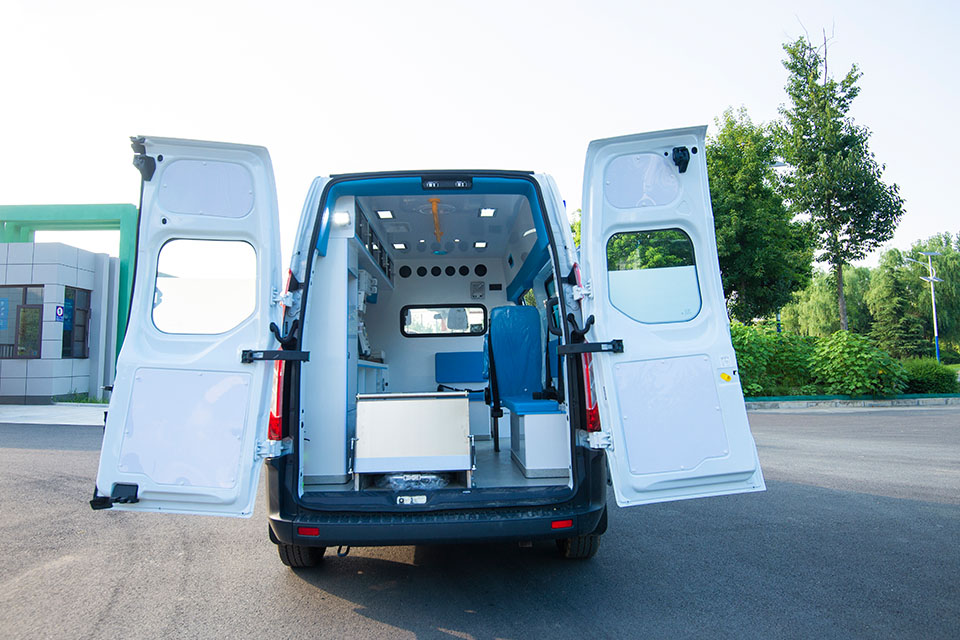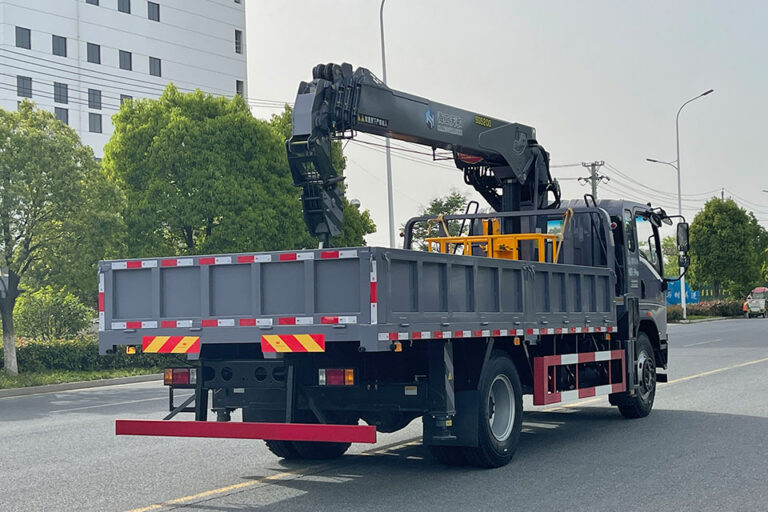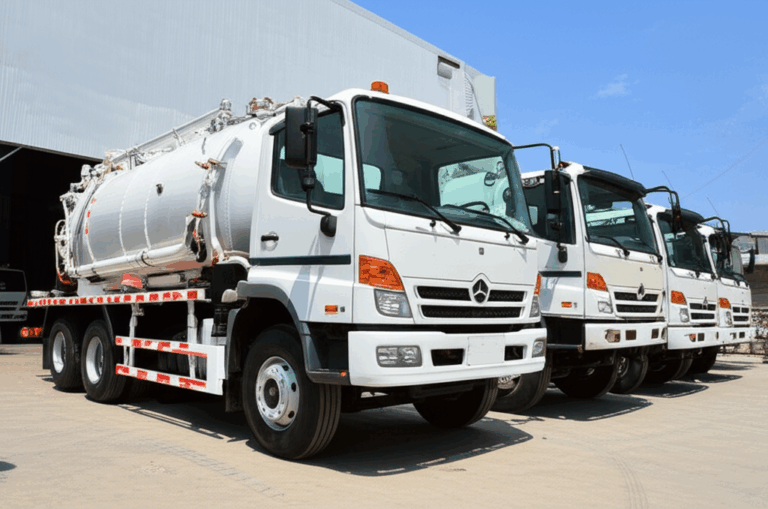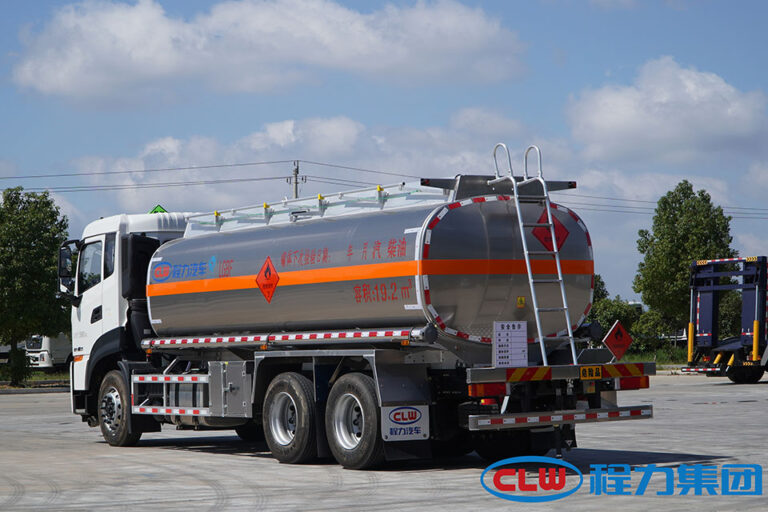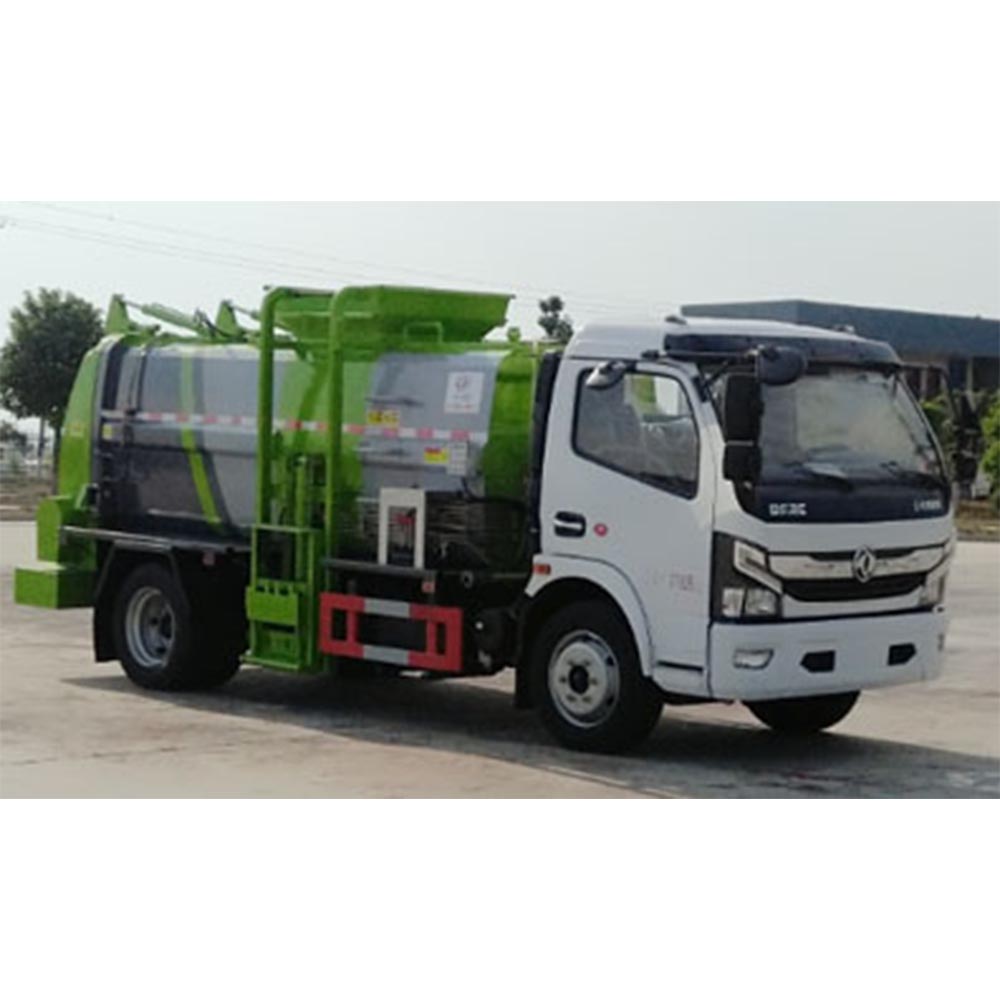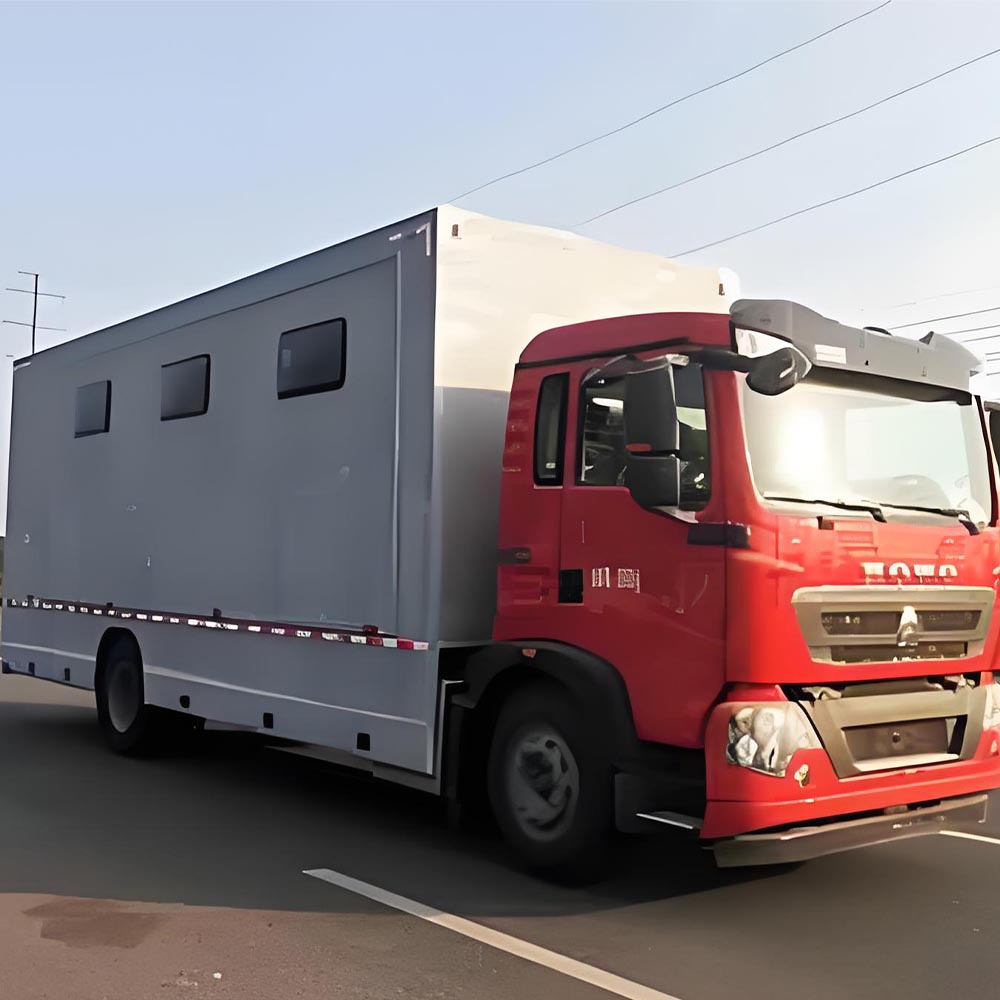-
Chengli Automobile Industry Park
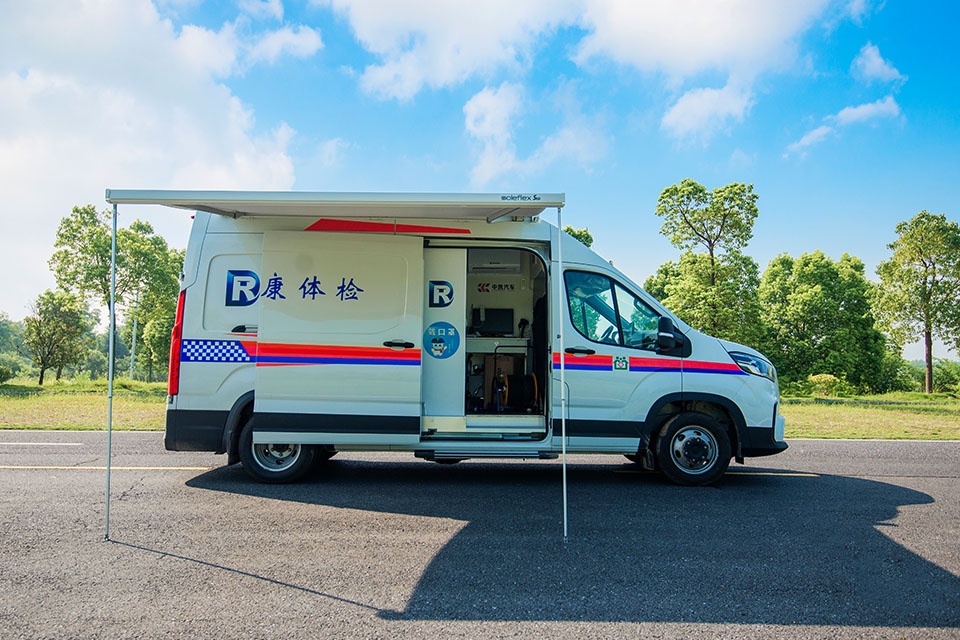
What is the difference between an ambulance and other emergency vehicles?
Ambulances vs. Other Emergency Vehicles: What You Need to Know
Have you ever seen an ambulance zoom by and ask, “How is it different from a fire truck or a police car?” Let’s learn about what makes each of these emergency vehicles special. This guide will help you know why each one is important and how they help us when we need them the most.
Table of Contents
What Is an Emergency Vehicle?
Emergency vehicles are special trucks and cars that help people when there is a problem. These vehicles have bright lights and loud sirens so other cars can see and hear them coming. They need to get to places fast to help people who are hurt or in danger.
There are many kinds of emergency vehicles:
- Ambulances
- Fire trucks
- Police cars
- Rescue vehicles
Let’s look at what makes each one different.
Emergency Vehicle Comparison
Key Differences
Ambulances are for medical emergencies, providing care and transport.
Fire trucks fight fires, rescue people, and handle hazardous situations.
Police cars respond to crimes, enforce laws, and assist in emergencies.
Crash Risk Comparison
Response Time (Minutes)
Ambulances: Your Mobile Medical Help
An ambulance is a special vehicle that takes sick or hurt people to the hospital. It has medical equipment inside to help people before they get to the doctor.
What Makes Ambulances Special:
- They have doctors or medical helpers called EMTs inside
- They carry tools to help people who can’t breathe
- They have beds to lay down hurt people
- They have bright red or white lights and loud sirens
- They can give medicine to help people feel better
Did you know? The risk of having a crash goes up when an ambulance uses its lights and sirens. It’s 16.5 crashes for every 100,000 trips with lights and sirens, but only 7.0 crashes when not using them.
Fire Trucks: Fighting Fires and More
Fire trucks are big red trucks that help put out fires. But they do more than that! Emergency fire rescue trucks also help save people from car crashes and other dangers.
What Makes Fire Trucks Special:
- They carry lots of water to put out fires
- They have long ladders to reach tall buildings
- They carry tools to cut open cars after crashes
- Firefighters ride in them wearing special clothes that don’t burn
- They have bright red lights and loud sirens too
Police Cars: Keeping Us Safe
Police cars help keep our towns and cities safe. Police officers use these cars to get to places where people need help or where bad things are happening.
What Makes Police Cars Special:
- They are fast so they can catch up to speeding cars
- They have radios to talk to other police officers
- They have computers to look up information
- They have blue and red lights and sirens
- Some have special bumpers on the front for protection
Rescue Vehicles: For Really Big Problems
Rescue vehicles are for special emergencies that need more help. These might be big car crashes, when buildings fall down, or other big problems.
What Makes Rescue Vehicles Special:
- They carry more medical equipment than a regular ambulance
- They have at least one paramedic (a very trained medical helper)
- They help people who have had heart attacks or bad crashes
- They have special tools to cut through metal and lift heavy things
- They can help many people at once
How They Work Together: By The Numbers
Let’s look at some facts about emergency vehicles:
| Facts | Ambulances | Other Emergency Vehicles |
|---|---|---|
| Main Job | Medical care and taking sick people to hospitals | Fire trucks: Put out fires<br>Police cars: Stop crime<br>Rescue vehicles: Help in big emergencies |
| Crash Risk | 16.5 crashes per 100,000 trips (with lights & sirens) | All emergency vehicles together: 224 deaths in one year |
| Yearly Crashes | 29 deadly crashes (33 deaths)<br>1,500 crashes with 2,600 people hurt | No exact numbers for just fire trucks or police cars |
| Response Time | UK ambulances: 8 minutes 30 seconds on average | Fire trucks aim to arrive in 5 minutes (in some places) |
| Staff | US has 826,111 EMT and paramedic workers with 81,295 vehicles | Fire department staff may also run ambulances in some places |
When Do We Call Each Vehicle?
Knowing when to call for each type of emergency vehicle can save lives:
Call for an Ambulance When:
- Someone is very sick or hurt
- Someone can’t breathe
- Someone’s heart stops
- Someone is not waking up
- There is a lot of bleeding
Call for a Fire Truck When:
- There is a fire
- There is smoke coming from a building
- Someone is stuck in a car after a crash
- A tree has fallen on a house
- There are dangerous chemicals spilled
Call for Police When:
- Someone is breaking the law
- There is a car crash
- Someone feels in danger
- Someone is missing
- You see something suspicious
What’s Inside an Ambulance?
Have you ever wondered what’s inside an ambulance? Here’s what you might find:
- Stretcher or bed to move patients
- Oxygen tanks and masks
- Heart monitors
- Medicine and needles
- Bandages and splints for broken bones
- Blood pressure cuffs
- Defibrillator (a machine to help start hearts)
Some special ambulances like air ambulances can travel to over 90 countries around the world! They help people who need to go to special hospitals far away.
Dangerous Jobs: Helping People Isn’t Always Safe
Working in emergency vehicles can be dangerous. Here are some facts:
- In crashes involving ambulances, 63% of people who die are in other cars
- 21% are patients in the ambulance
- 4% are the ambulance drivers
- 12% are people walking nearby
This shows how important it is for all drivers to be careful when they see an emergency vehicle with its lights on.
Special Types of Ambulances
Not all ambulances look the same. There are different types for different jobs:
Basic Life Support (BLS) Ambulances
- For people who need help but aren’t in extreme danger
- Have basic medical tools and medicine
Advanced Life Support (ALS) Ambulances
- For people who are very sick or badly hurt
- Have more advanced equipment
- Have paramedics who can do more medical help
Critical Care Ambulances
- For the most serious cases
- Like a moving mini-hospital
- Have more doctors and nurses
How to Help Emergency Vehicles
When you see an emergency vehicle with lights and sirens on:
- Pull over to the right side of the road
- Stop your car
- Wait until they pass
- Don’t follow them
- Don’t try to beat them through a traffic light
This helps them get to the emergency faster and saves lives!
Electric Ambulances: The Future is Here
Did you know there are now electric ambulances that don’t use gas? These new vehicles are better for our air and make less noise. They can charge up fast and still help people in emergencies.
Some good things about electric ambulances:
- No dirty smoke comes out
- They are more quiet
- They cost less to run over time
- They still have all the same medical equipment inside
What to Do in an Emergency
If you have an emergency:
- Stay calm
- Call 911 (or your country’s emergency number)
- Tell them what is wrong
- Tell them where you are
- Answer their questions
- Follow their instructions
- Wait for the right emergency vehicle to come help
When People Need Help Moving But It’s Not an Emergency
Sometimes people need help going to the doctor, but it’s not an emergency. They might use a special van called an “ambulette” or a “non-emergency medical transport” vehicle. These are not the same as ambulances:
- They don’t have sirens or lights
- They cost less money to use
- You need to make an appointment
- They don’t have as much medical equipment
- They are good for doctor visits or going home from the hospital
Facts to Remember
- Ambulances are mainly for medical emergencies
- Fire trucks are for fires and trapped people
- Police cars are for safety and law problems
- Using lights and sirens makes any emergency vehicle more likely to crash
- When you hear sirens, pull over and stop
- Call 911 only for real emergencies
Questions People Ask
Can I ride with my family member in the ambulance?
Sometimes. It depends on how serious the problem is and how much room there is.
Do fire trucks have medical equipment?
Yes, but not as much as ambulances. Many firefighters know basic medical help.
Do I have to pay for an ambulance ride?
Usually, yes. But health insurance may pay for some or all of it. Ask your insurance company.
Why do emergency vehicles sometimes turn off their sirens near a scene?
Sometimes they don’t want to scare or upset people at the scene of an emergency.
Can any vehicle become an emergency vehicle?
No. Emergency vehicles need special equipment and the people who drive them need special training.
Now you know what makes ambulances, fire trucks, police cars, and rescue vehicles different! Each one has a special job to do, and they all work together to keep us safe and healthy.
